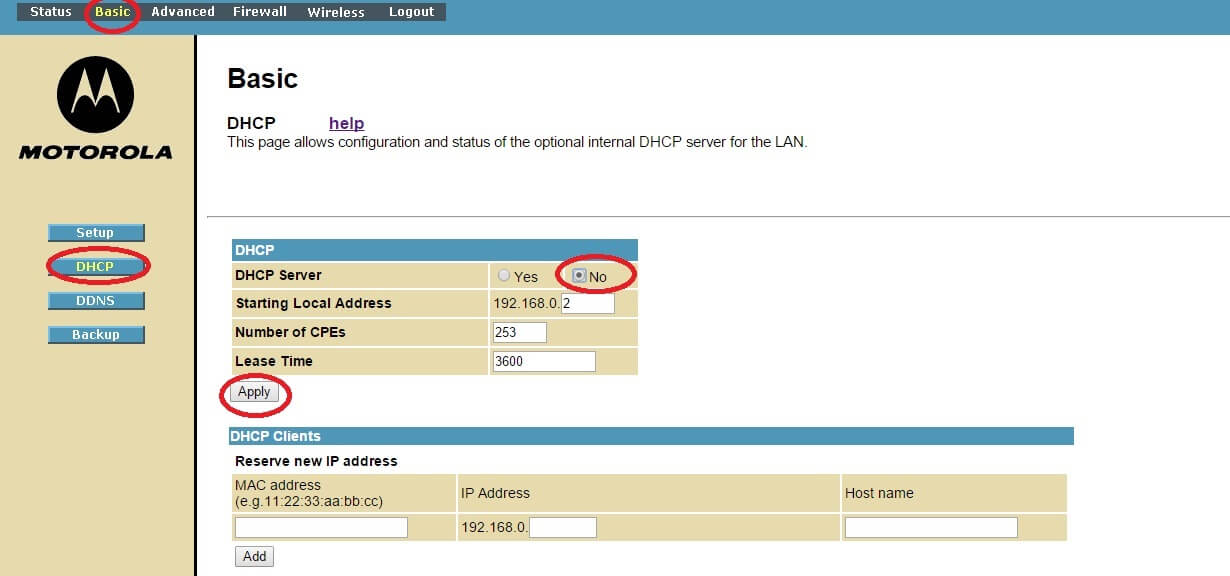Mac Manual Dhcp Connection
I'm not sure why you want to do this since it's far more convenient to use DHCP. If you should change routers you will need to reconfigure Network preferences again. You will also need to remember not to assign the IP address to any other device on your network (such as a network printer.)

Dhcp Connection Problems

Mac Manual Dhcp Connection System
Aug 13, 2008 10:10 PM
Mac 12 ste-ii manual. DESCRIPTIONGE's premier ECG systemBuilt on GE's proven innovation in EKG / ECG acquisition and analysis, the MAC® 5500 delivers advanced disease management capabilities through its industry-leading collection of standards-setting algorithms and advanced networking.The MAC 5500 system offers the sophistication required for advanced ECG applications, while its ease of use extends this level of performance to the broadest range of users possible.
Dhcp Ip To Mac Address
If this information cannot be obtained from the DHCP, BOOTP, or RARP server, the settings entered in this step are used. If the machine is restarted after DHCP, BOOTP, or RARP settings are complete, the TCP/IP Settings screen displays the IP address setting values obtained from the DHCP, BOOTP, or RARP server. Follow these steps to set up your Internet connection if you’re using your Mac’s internal modem: 1. Click the System Preferences icon on the Dock and choose Network. If you’re using a manual connection. If you won’t be using DHCP, select Manually from the Configure IPv4 drop-down list box. On your Mac, choose Apple menu System Preferences, then click Network. Open Network preferences for me. Select the network connection you want to use (such as Ethernet) in the list. Click the Configure IPv4 pop-up menu, then choose an option: If your address will be assigned automatically, choose Using DHCP.
Mac Dhcp Release
If you’re having any WiFi connection issues (such as frequent dropouts, slow speeds or you simply can’t connect) with Mac OS X Lion, there are a few things that you can do to troubleshoot and hopefully restore connectivity to your Mac. Pros and Cons of manual assigned and DHCP (static) assigned IP addresses? I use DHCP reservations for my printers and other equipment that would be a pain if their IP address changed. Manually Configuring Network Settings. Network connections, when automatically configured, seem to work almost like magic. Your computer finds a signal (wired or wireless), makes a connection, and everything just “works.” Behind the scenes, however, there are a handful of network settings that make this happen. Appendix A: IOS DHCP Sample Configuration. The DHCP server database is organized as a tree. The root of the tree is the address pool for natural networks, branches are subnetwork address pools, and leaves are manual bindings to clients. Subnetworks inherit network parameters and clients inherit subnetwork parameters.